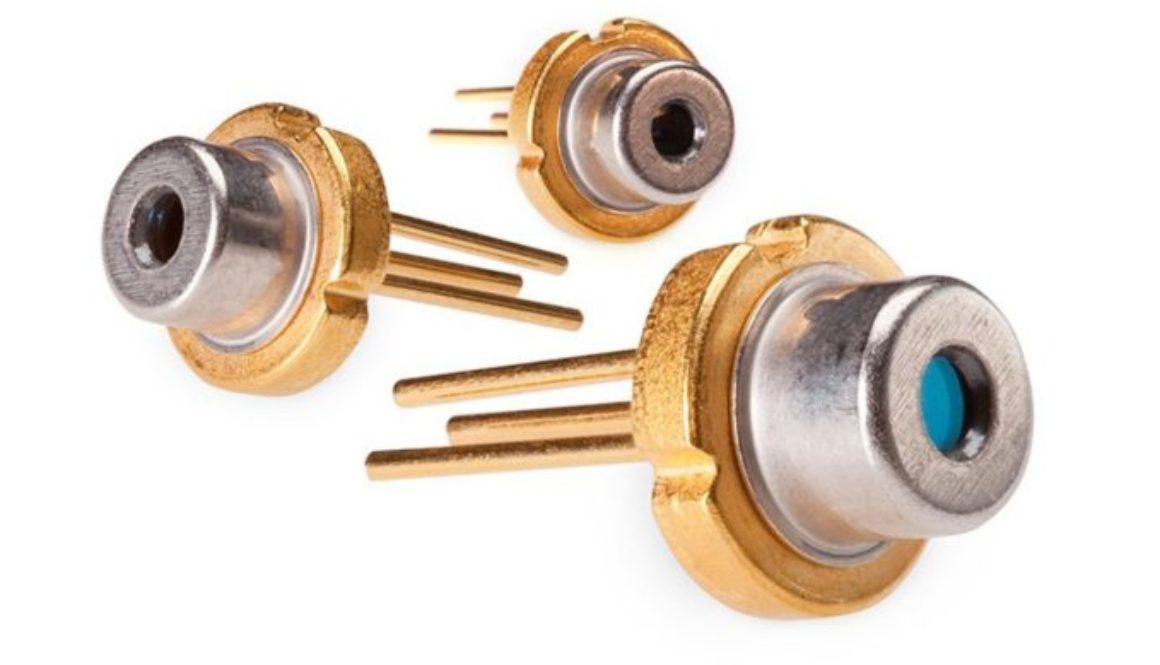What is the Future of Fiber Optic Sensors in the World of IoT?
The Internet of Things (IoT) is transforming the way we collect and utilize data, revolutionizing industries from healthcare and agriculture to manufacturing and transportation. At the heart of this technological revolution are sensors, which play a crucial role in monitoring, collecting, and transmitting data from various IoT devices. While traditional sensors have been widely used, fiber optic sensors are emerging as a game-changer in the IoT landscape. In this blog, we’ll delve into the future of fiber optic sensors in IoT and explore their transformative potential.
Fiber Optic Sensors: An Overview
Before we dive into their IoT applications, let’s understand what fiber optic sensors are. Fiber optic sensors utilize optical fibers to measure various physical and chemical properties such as temperature, pressure, strain, and even the presence of specific substances. These sensors are incredibly versatile and offer numerous advantages over traditional sensors, making them well-suited for IoT applications.
- High Sensitivity and Precision: Fiber optic sensors can detect minute changes in environmental conditions, ensuring high accuracy in data collection.
- Immunity to Electromagnetic Interference (EMI): Unlike electronic sensors, fiber optic sensors are not affected by EMI, making them ideal for harsh industrial environments.
- Long-Range Data Transmission: Optical fibers can transmit data over long distances without significant signal degradation, reducing the need for data repeaters.
- Multiplexing Capabilities: Multiple sensors can be connected to a single optical fiber, allowing for cost-effective and efficient data collection.
IoT Applications of Fiber Optic Sensors
- Structural Health Monitoring (SHM): Fiber optic sensors are increasingly used in SHM systems to monitor the condition of bridges, buildings, and other infrastructure. They can detect structural deformations, cracks, and temperature variations in real-time, ensuring early maintenance and preventing catastrophic failures.
- Smart Agriculture: In precision agriculture, fiber optic sensors help monitor soil moisture levels, nutrient content, and environmental conditions. This data enables farmers to optimize crop yields and reduce resource wastage.
- Oil and Gas Industry: Fiber optic sensors are deployed in oil wells to monitor downhole conditions, including temperature and pressure. This real-time data helps optimize drilling operations and ensures the safety of personnel.
- Environmental Monitoring: Fiber optic sensors are used to track environmental parameters such as water quality, pollution levels, and seismic activity. This data aids in environmental conservation and disaster prevention.
- Medical Devices: In healthcare, fiber optic sensors are integrated into medical devices for non-invasive monitoring of vital signs, such as blood pressure, oxygen saturation, and glucose levels. This improves patient care and reduces the need for invasive procedures.
- Smart Cities: Fiber optic sensors play a pivotal role in smart city initiatives. They monitor traffic flow, detect leaks in water pipelines, and enhance public safety through real-time surveillance.
The Future of Fiber Optic Sensors in IoT
- Miniaturization: As IoT devices become smaller and more integrated, fiber optic sensors will follow suit. Miniaturized sensors will find applications in wearable technology, enabling continuous health monitoring and personalized care.
- 5G Integration: The rollout of 5G networks will enhance data transmission capabilities, allowing fiber optic sensors to transmit data faster and more efficiently. This will enable real-time decision-making in critical applications like autonomous vehicles and smart grids.
- Energy Efficiency: Fiber optic sensors are known for their low power consumption. As IoT devices aim for energy efficiency, fiber optic sensors will become increasingly attractive for battery-powered applications.
- AI and Data Analytics: IoT generates vast amounts of data. Fiber optic sensors, when combined with AI and advanced analytics, will provide actionable insights for predictive maintenance, anomaly detection, and process optimization.
- Emerging Markets: Fiber optic sensor technology will expand into emerging markets, addressing unique challenges such as water scarcity, resource management, and infrastructure development.
Conclusion:
The future of fiber optic sensors in IoT is bright and promising. These sensors are at the forefront of innovation, enabling IoT applications to reach new heights in terms of precision, reliability, and scalability. As technology continues to evolve, fiber optic sensors will play a pivotal role in shaping a smarter, more connected world, driving efficiency, sustainability, and improved quality of life. Stay tuned for more exciting developments as we embark on this transformative journey into the future of IoT.


